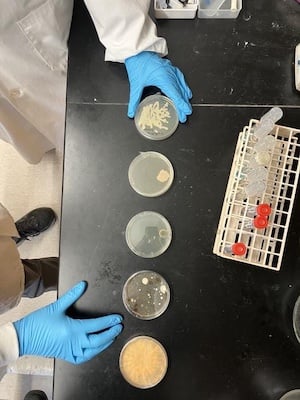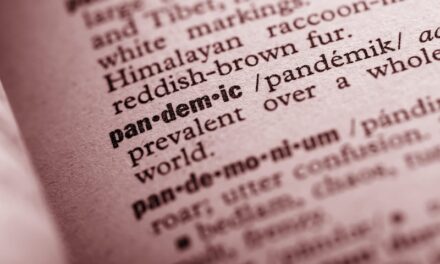Summary:
The Last of Us returns April 13, adding scientific realism to its zombie apocalypse by portraying fungal infections more in line with actual fungal behavior.
Three brief takeaways:
- The show now depicts cordyceps spreading through spores, a method grounded in real fungal biology.
- Climate change is linked to the rise of harmful fungi, a concept reflected in the show’s plot.
- While some fungi can be deadly, they also play essential ecological roles and benefit humans in various ways.
The Last of Us is back on April 13 and this season appears to be adding a touch of scientific realism to the zombie apocalypse.
The trailer for the hit HBO series appears to show the “zombie fungus” cordyceps infecting humans by releasing air-borne spores, instead of through tentacles—closer to scientific reality.
The Last of Us Stretches the Truth and Leans Into it
“Fungi love to make spores,” says Jim Kronstad, PhD, a professor and microbiologist at UBC’s Michael Smith Laboratories. Real-life cordyceps colonizes ant brains, causing the insect to climb to a high branch. The fungus then punches through the ant’s head and rains spores down on the forest floor.
Indeed, many fungal diseases than infect humans, such as Cryptococcus neoformans, which causes meningitis in humans, are spread by inhaling spores.
It’s not the only thing the show gets right. In The Last of Us, cordyceps, which is harmless, even edible, in real life, evolved into a harmful fungus thanks to a warming climate.
In a recent Nature paper, Kronstad and co-authors highlight a warming climate as a potential contributor to the spread of harmful fungi like Coccidioides, which causes valley fever, and the current rise of Candida auris, which infects hospitalized patients and is resistant to available antifungal drugs.
The authors also noted the discovery of a new fungus last year, Rhodosporidiobolus fluvialis, in humans, which had previously been found only in the environment.
Fungi Aren’t All Scares; They’re Useful Too
Fungi aren’t all bad. They recycle dead organic material and serve as huge carbon sinks. They can be used to make strong, lightweight materials, including materials that could be used in space. We use fungi in a range of foods and ingredients, including in vegan burgers. “Fungi are super important, it’s phenomenal what they’ve done for humans,” adds Kronstad.
Featured Image: Petri plates containing colonies of the fungal pathogens Ustilago maydis and Cryptococcus neoformans, random fungal colonies from air sampling, and the orange fungus Neurospora crassa. Photo: Alex Walls




